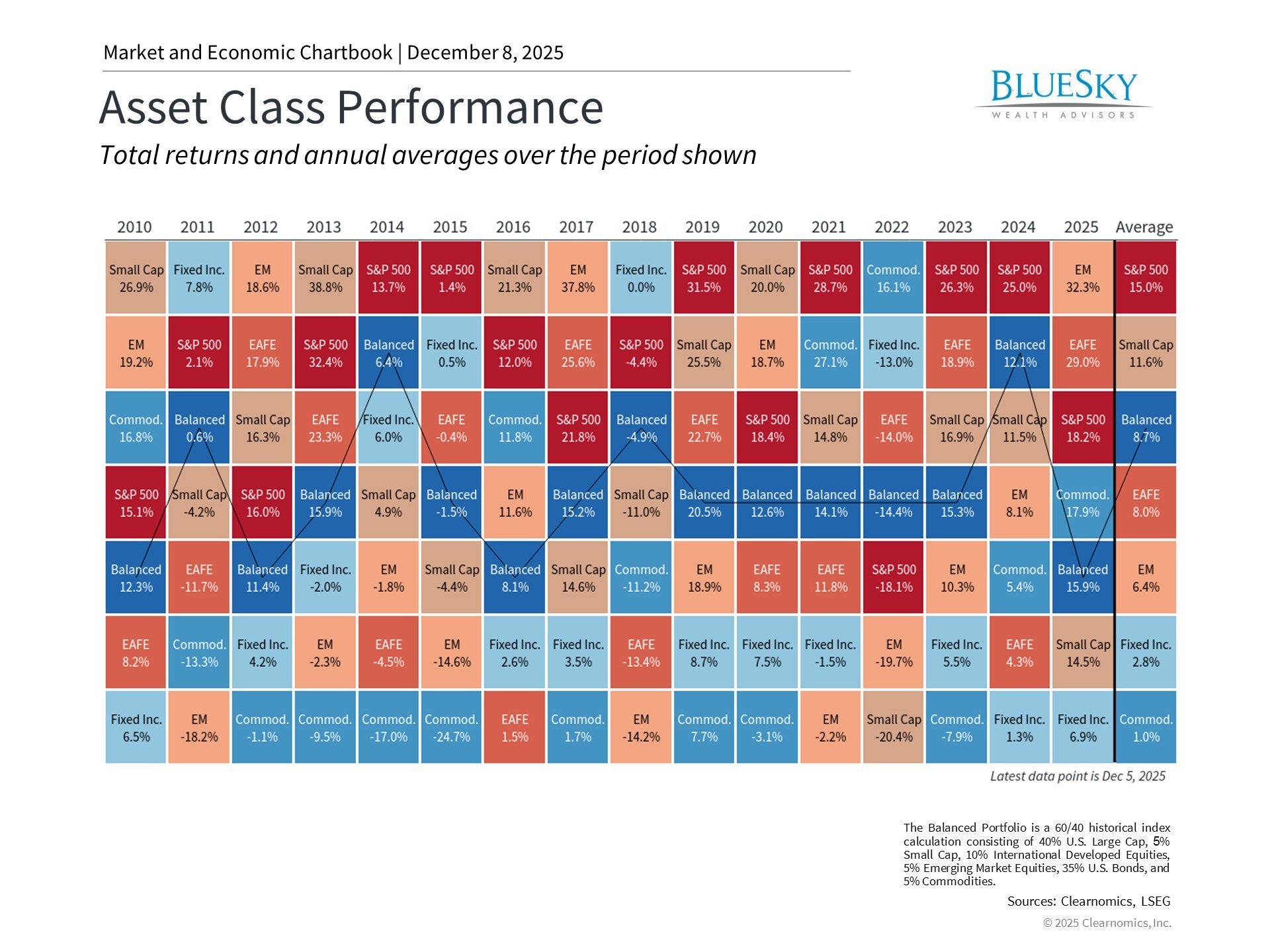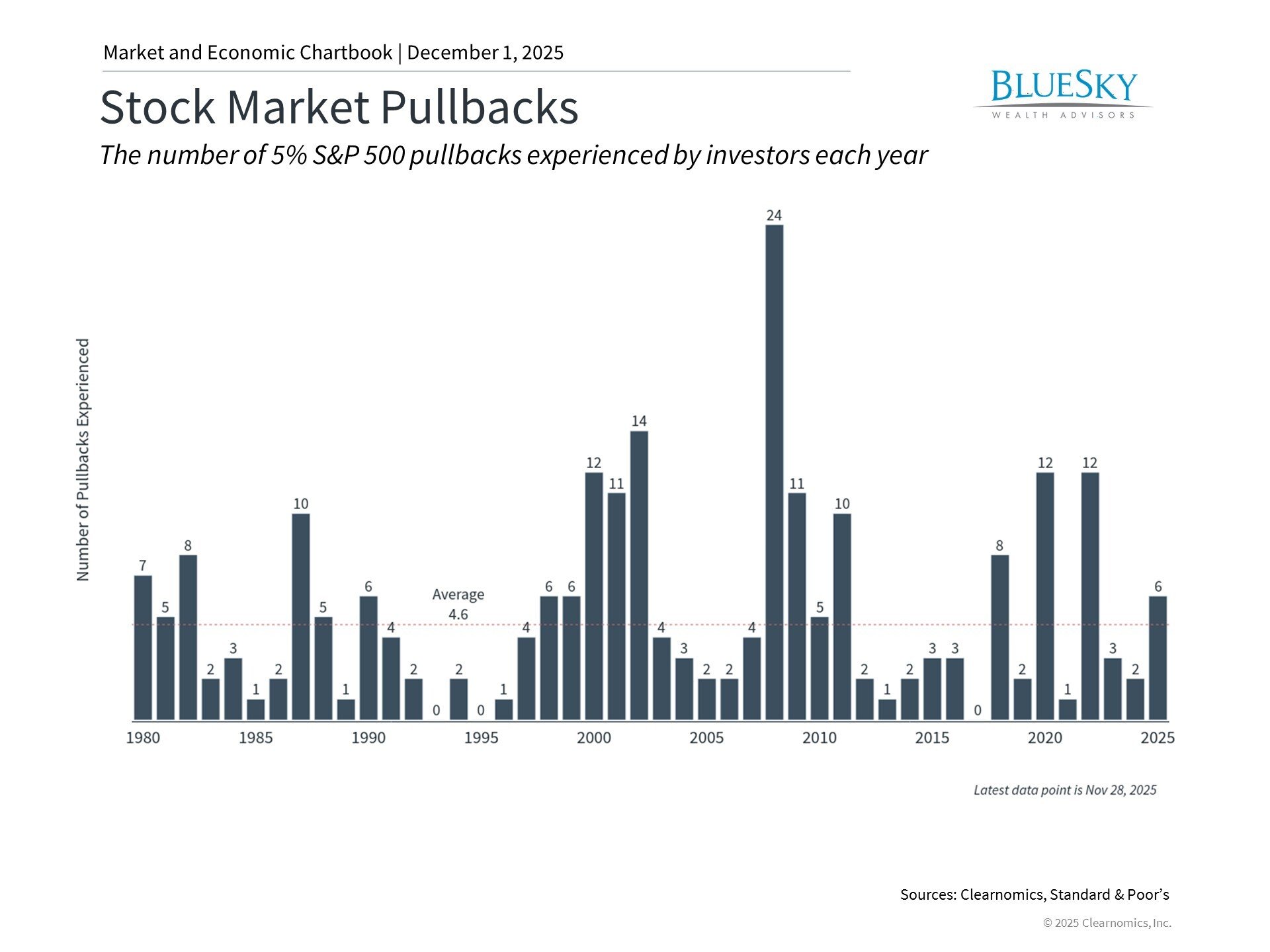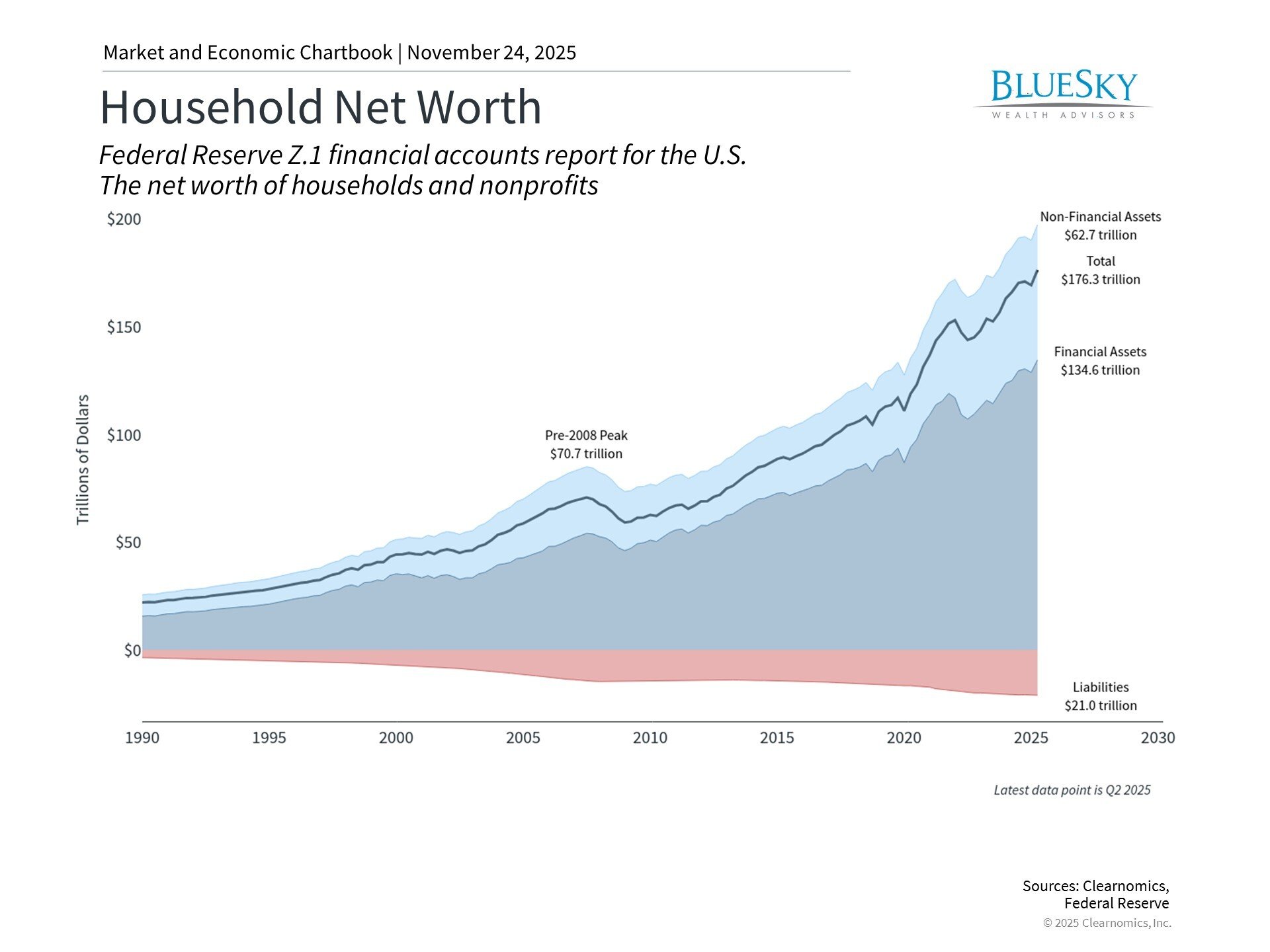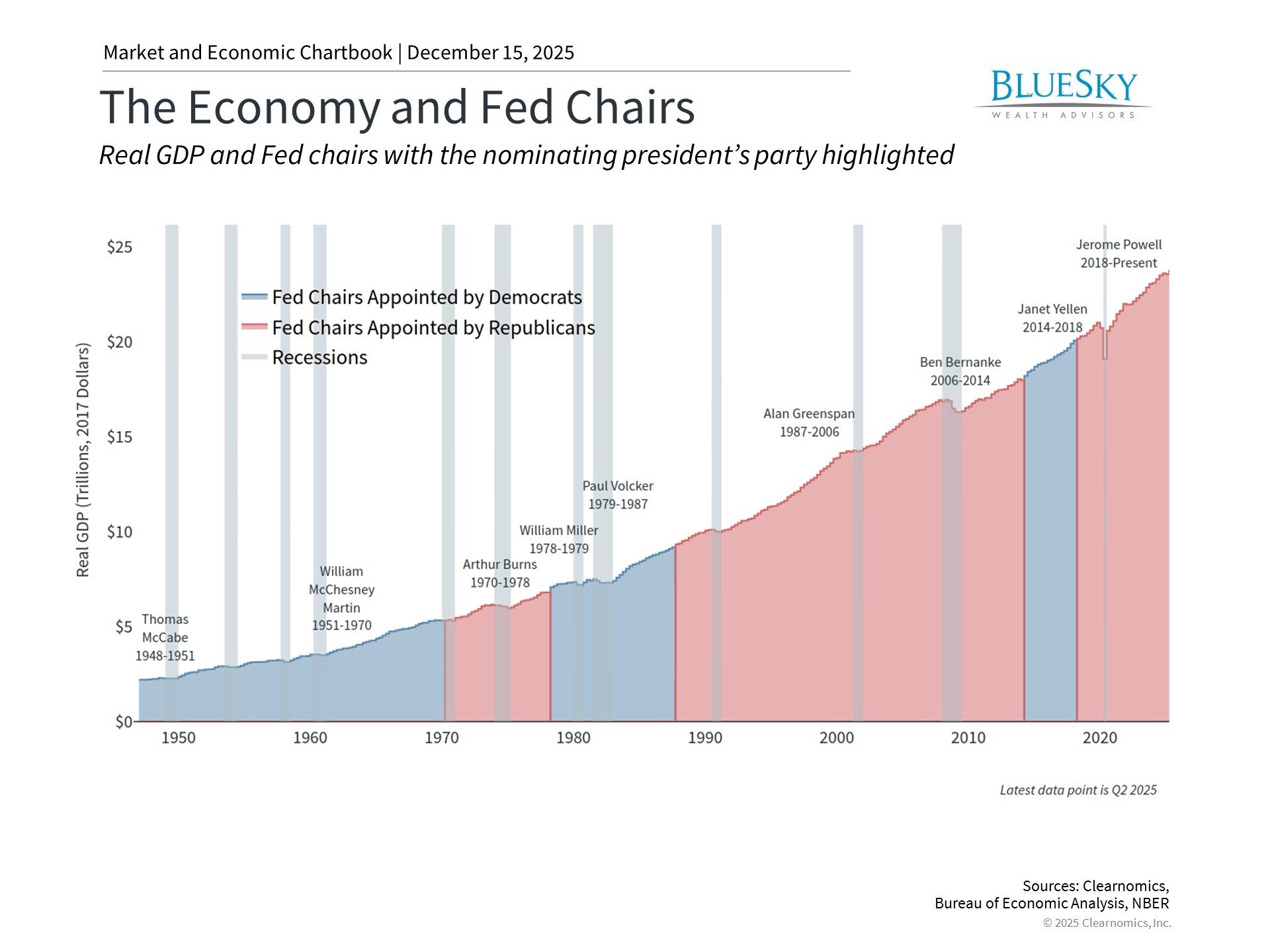
How Much Cash Should You Have in a Balanced Portfolio?
How Much Cash Should You Have in a Balanced Portfolio?

When investing, one of the biggest questions on every investor’s mind is, “How much cash should I have in my portfolio?” With so many options and strategies available, it can be challenging to determine the perfect balance for your unique situation. Some may argue that cash is king, while others swear by a fully invested portfolio.
So which approach is right? Well, the truth is, there isn’t a one-size-fits-all answer. In this article, we’ll discuss the importance of cash in a balanced portfolio and provide valuable insights to help you make informed decisions when it comes to your personal investment strategy. So, buckle up and get ready to learn more about how much cash you should have in your portfolio. Let’s dive in!
Understanding Balanced Cash Portfolio

Cash plays a crucial role in any investment portfolio, especially in a balanced one. A balanced portfolio aims to strike the perfect balance between risk and return by diversifying across asset classes, such as stocks, bonds, and cash. While investments like stocks and bonds have the potential for capital preservation and high returns, they also come with a higher level of risk and volatility.
Cash provides stability and acts as a cushion in times of market downturns. It also offers the opportunity to take advantage of buying opportunities when prices are low. Therefore, having an appropriate amount of cash in a balanced portfolio is essential for managing risk and maintaining overall portfolio stability.
Factors to Consider When Determining Cash Allocation
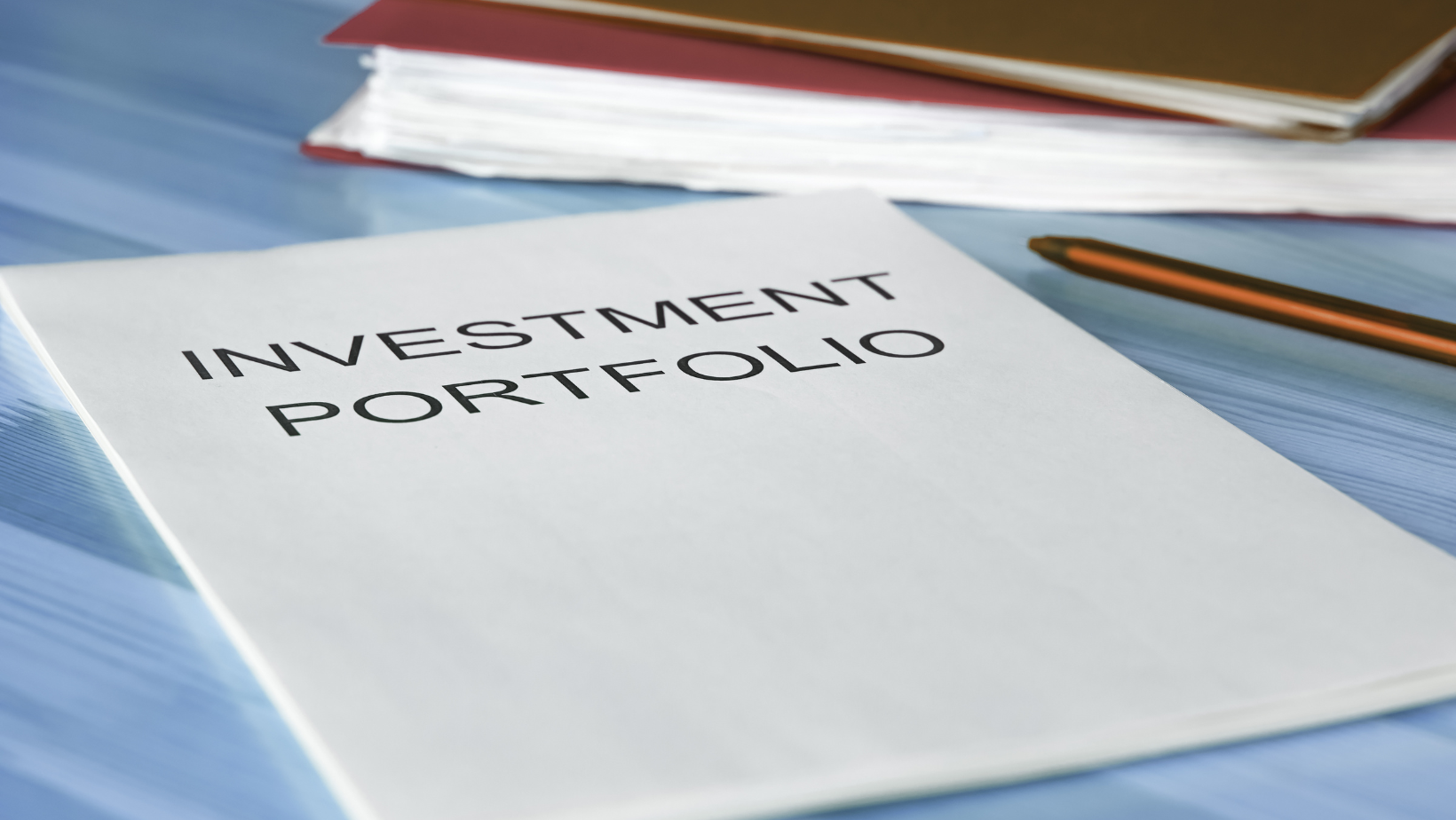
Devising a cash allocation strategy for your portfolio requires careful consideration of various factors. Here are things to keep in mind when determining how much cash you should have in your balanced portfolio:
Financial Goals
Investing should always be aligned with your financial goals. Whether you’re saving for retirement, a down payment on a house, or your child’s education, having a clear understanding of your objectives is essential when determining cash allocation in your portfolio. For example, if you have short-term financial goals, such as purchasing a home in the next few years, it may be wise to keep a higher amount of cash in your portfolio to ensure you have the index funds readily available when needed. If you have longer-term goals, such as retirement savings, you may be able to invest a larger portion of your portfolio in riskier assets.
Risk Tolerance
Risk tolerance refers to an individual’s ability and willingness to take on risk in their investments. It is a crucial consideration when determining cash allocation in a balanced portfolio, as it ultimately determines the level of risk you are comfortable with. For example, if you have a conservative risk tolerance, you may feel more comfortable keeping a higher percentage of your portfolio in cash as it provides stability and reduces overall risk. On the other hand, if you have a higher risk tolerance, you may be comfortable taking on more risk and investing a larger portion of your portfolio in stocks and bond investments.
Time Horizon
Your time zone is a crucial factor in determining how much cash you should have in your balanced portfolio. The longer your investment horizon, the more time you have to recover from market downturns and take advantage of compounding returns. For example, if you are investing for retirement, which may be 20 or 30 years away, you can typically afford a higher percentage of your portfolio in stocks and bonds, as you have more time to ride out market fluctuations. On the other hand, if you are saving for a shorter-term goal, such as a down payment on a house in the next few years, it may be wise to keep a larger portion of your portfolio in cash or low-risk investments to avoid potential losses due to market volatility.
Market Conditions
Market conditions wield a hefty influence on the allocation of cash in your balanced portfolio. As you traverse the tightrope of financial markets, the winds of economic circumstances can sway you on either side. During periods of market volatility or recession, having a higher proportion of cash can serve as a safety net, cushioning your portfolio from losses.
It can also equip you with a reserve to pounce on investment opportunities as asset prices tumble. On the flip side, in a bull market where asset prices are on an upward trajectory, a lower cash allocation may be more beneficial as it allows you to participate more fully in the market’s growth. For instance, consider the 2008 financial crisis, where those who held a higher cash allocation were not only protected from some of the significant losses but also well-positioned to pick up stocks at bargain prices when the market rebounded.
Emergency Fund
Having an emergency fund is crucial for financial stability and security. It acts as a safety net in case of unexpected events, such as job loss or medical emergencies. When determining cash allocation in your portfolio, it’s essential to consider the size and sufficiency of your emergency fund. If you have a well-funded emergency fund, you may be able to keep a lower amount of cash in your portfolio, as you have a separate source of liquid funds to cover emergencies. If your cash reserves are not adequately funded, it may be wise to keep a higher percentage of cash in your portfolio for added financial security.
Asset Allocation
Asset allocation refers to the mix of different asset classes in your portfolio. It plays a crucial role in determining cash allocation, as it helps to balance risk and return. For example, if your portfolio is heavily invested in high-risk assets like stocks, you may need to keep more cash as a buffer against potential losses. On the other hand, if you have a more conservative asset allocation with a larger portion in low-risk investments such as bonds, you may be able to have a lower cash allocation as these investments offer more stability and less risk.
Diversification
Diversification is the key to minimizing risk in your portfolio. Having a mix of different assets, industries, and geographical regions can help mitigate potential losses if one area of the market experiences a downturn. When determining cash allocation, it’s essential to consider the diversification of your portfolio. If you have a well-diversified portfolio, you may be able to keep a lower amount of cash as your investments are spread out and not dependent on one particular area.
Liquidity Needs
Liquidity refers to the ease with which an asset can be converted into cash without significant losses. When determining cash allocation, it’s essential to consider your liquidity needs. If you have immediate cash requirements, such as upcoming expenses or expected withdrawals from your portfolio, it may be wise to keep more cash readily available. On the other hand, if you do not have any immediate cash needs, you may be able to have a lower allocation of cash in your portfolio.
Benefits of a Balanced Portfolio

A balanced portfolio, with an appropriate allocation of cash, offers several benefits to investors. Here are reasons why you should consider having a balanced portfolio in your investment strategy:
Lower Risk
A strategically balanced portfolio, with appropriate cash allocation, can significantly mitigate risks compared to overexposure to a single asset class. By diversifying investments across stocks, bonds, and cash, you diminish the impact of market fluctuations on your overall financial standing. As the proverb goes, “Don’t place all your eggs in one basket.” A well-balanced portfolio diffuses risks and establishes a steady foundation for your financial future.
By properly allocating cash, you position yourself to seize potential opportunities during market downturns while safeguarding against fixed-income securities. This delicate balance between risk and opportunity makes a well-rounded portfolio, with an appropriate cash allocation, a prudent investment strategy for any investor. Whether you’re venturing into investing or recalibrating existing cash equivalents, acknowledging the advantages of a balanced portfolio is crucial for long-term financial prosperity.
Consistent Returns
Consistent returns are a key factor in achieving financial success, and a balanced portfolio can help provide just that. By having an appropriate allocation of cash in your portfolio, you can reduce the impact of market volatility on your overall returns. For example, let’s say you have a portfolio with 50% stocks and 50% bonds.
During a market downturn, the stock portion of your portfolio may experience significant losses. However, the bond portion may remain relatively stable, providing a cushion against potential losses. During an upswing in the money market accounts, the stock portion can provide higher returns, while the bond portion acts as a hedge to balance out any fluctuations. This balanced approach to investing can help provide consistent returns over time, allowing investors to reach their financial goals without being subject to the ups and downs of the money market instruments.
Customization
A balanced portfolio allows customization based on individual needs, risk tolerance, and investment objectives. With an appropriate allocation of cash, investors can adjust their portfolios according to market conditions and personal preferences. For example, if you have a more conservative risk tolerance, you may choose to have a higher allocation of cash in your portfolio.
On the other hand, if you have a higher risk tolerance, you may opt for a lower cash allocation to take advantage of higher returns from riskier investments. This ability to customize and adjust your portfolio’s cash allocation is vital in achieving financial success while managing risk effectively.
Long-Term Growth
A balanced portfolio, with an appropriate allocation of cash, is designed for long-term growth. By diversifying your investments and having a buffer of cash on hand, you can stay in the market for the long haul without being forced to sell during market downturns. Over time, this approach can lead to significant growth in your portfolio while also providing added security against unforeseen circumstances.
Additionally, by sticking to a long-term investment strategy, you can avoid the temptation of trying to time the market and make impulsive decisions that may result in losses. Instead, you can stay disciplined and trust the power of compounding returns to grow your wealth over time.
Protection Against Inflation
Inflation can erode the value of your savings and investments over time, making it essential to consider when determining cash allocation in your portfolio. By having a balanced portfolio with an appropriate allocation of cash, you can protect against inflation by having assets that can potentially keep up with or exceed inflation rates. For example, stocks have historically outpaced inflation, making them a crucial component of a balanced portfolio.
However, having too much cash in your portfolio can lead to losing purchasing power over time due to inflation. By finding the right balance between cash and other asset classes, you can protect your financial future against the effects of rising prices.
Opportunity for Growth
Having an appropriate allocation of cash in your portfolio allows you to take advantage of opportunities for growth without being fully invested in the market at all times. When a particular asset class performs well, you can use cash from your portfolio to invest in it and potentially earn higher returns. On the other hand, when that asset class begins to decline, you have cash on hand to avoid significant losses. This balanced approach can help investors capitalize on market trends while minimizing risk.
Challenges of Having Too Much Cash on Your Portfolio

While having cash in your portfolio offers several benefits, having too much cash can pose some challenges. Here are a few potential drawbacks of an unbalanced allocation of cash:
Loss of Potential Returns
Having too much cash in your portfolio could result in a loss of potential returns. As mentioned, stocks have historically outpaced inflation and provided higher returns than assets such as cash or bonds. By having a significant portion of your portfolio allocated towards cash, you are missing out on potential growth opportunities from investing in the stock market.
For example, during a bull market, where the money market account is experiencing a prolonged period of growth, having too much cash in your portfolio means missing out on these potential gains. Additionally, over time, inflation can erode the value of cash, leading to decreased purchasing power and ultimately resulting in lower overall returns for your portfolio. Therefore, it is crucial to find the right balance between cash and other asset classes to maximize potential returns.
Opportunity Cost
Having too much cash in your portfolio also means missing out on the opportunity to invest in other assets that could generate higher returns. For example, if you have a significant portion of your portfolio allocated towards cash, you may not have balanced mutual funds to invest in a high-performing stock or real estate opportunity.
This opportunity cost can be significant in the long run, as missing out on potential returns from other assets could have a considerable impact on your overall portfolio growth. Therefore, it is essential to regularly review and adjust your cash allocation to ensure you are taking advantage of all available investment opportunities.
Risk of Inflation
As mentioned earlier, inflation can erode the value of cash and decrease purchasing power over time. This risk is even more significant if the interest rate on your cash investments does not keep up with inflation rates. Therefore, holding onto too much cash could result in a loss of wealth in the long run.
Additionally, in times of high inflation, the value of cash may decrease even further, making it challenging to reach your financial goals. By having a balanced portfolio with an appropriate allocation of cash, you can protect against this risk and potentially outpace inflation rates to grow your wealth over time.
Final Thoughts
Maintaining an optimal allocation of cash in a balanced portfolio is vital for attaining financial success while managing risk. Striking the right balance between cash and other asset classes empowers investors to tailor their portfolios, nurture long-term growth, safeguard against inflation, and seize growth opportunities. But, it’s crucial to avoid excessive cash holdings to prevent missed investment prospects and potential inflation-related losses.
Regularly reviewing and adjusting your cash allocation remains pivotal in upholding a well-balanced and prosperous portfolio. So, how much cash should you have in a balanced portfolio? Ultimately, this decision hinges on your risk tolerance, financial objectives, and prevailing market conditions. Engage a financial advisor to determine the appropriate cash allocation for your unique circumstances, and continue monitoring and adjusting as necessary to maximize results. Remember, maintaining equilibrium is paramount to effective investment management. Happy investing!

